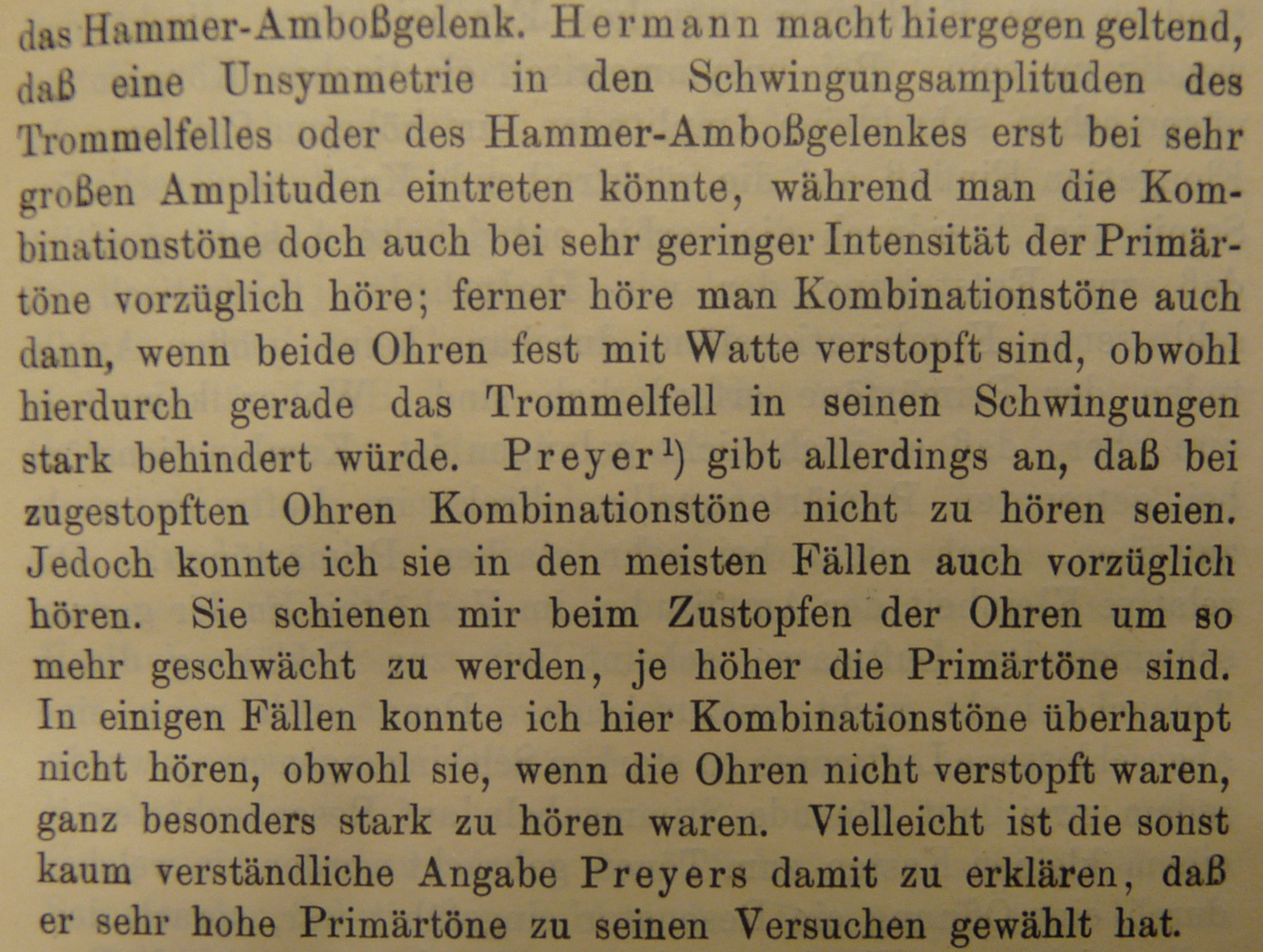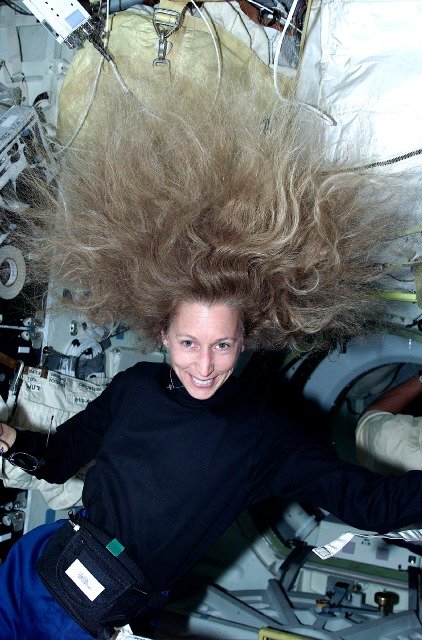|
Spacing (other)
Spacing may refer to: * ''Spacing'' (magazine), a Canadian magazine * Spacing effect in psychology; the opposite of cramming * The usage of spaces in typography ** Letter spacing, the amount of space between a group of letters ** Line spacing, interline spacing, or leading, the amount of added vertical spacing between lines of type ** Sentence spacing, the horizontal space between sentences in typeset text ** French spacing, one convention for the use of spaces in printed text around punctuation, words, and sentences ** Word spacing, the amount of space between words * Spacing, a science fiction term for a theoretical method of execution by space exposure * Spacing, the distance between microphones in an AB microphone system (see time-of-arrival stereophony) See also * Space (other) * Spacer (other) * ''Spaced ''Spaced'' is a British television sitcom created, written by and starring Simon Pegg and Jessica Stevenson, and directed by Edgar Wright, abo ... [...More Info...] [...Related Items...] OR: [Wikipedia] [Google] [Baidu] |
Spacing (magazine)
''Spacing'' is a magazine published in Toronto, Ontario, Canada. Focusing on issues affecting the public realm in Toronto and nationally (four issues each per year), ''Spacing'' was originally published by the Toronto Public Space Committee in house until it was spun off as a wholly independent magazine after the first issue. History and profile Launched in December 2003, the magazine has been critically acclaimed by ''Toronto Star'', ''The Globe and Mail'', the ''National Post'' and '' Utne Reader'' magazine, the latter of which nominated ''Spacing'' the best new title at its annual independent magazine awards in 2004, and nominated the magazine again in 2006 for Best Local Coverage and Best Design. The magazine is published three times a year. In 2006, ''Spacing'' won a Canadian National Magazine Award for "Best Editorial Package" for the 'History of our Future' issue. Noteworthy Toronto photographers Matt O'Sullivan, Rannie Turingan, Miles Storey and Sam Javanrouh, are known f ... [...More Info...] [...Related Items...] OR: [Wikipedia] [Google] [Baidu] |
Spacing Effect
The spacing effect demonstrates that learning is more effective when study sessions are spaced out. This effect shows that more information is encoded into long-term memory by spaced study sessions, also known as '' spaced repetition'' or ''spaced presentation'', than by massed presentation (" cramming"). The phenomenon was first identified by Hermann Ebbinghaus, and his detailed study of it was published in the 1885 book (''Memory: A Contribution to Experimental Psychology''), which suggests that active recall with increasing time intervals reduces the probability of forgetting information. This robust finding has been supported by studies of many explicit memory tasks such as free recall, recognition, cued-recall, and frequency estimation (for reviews see Crowder 1976; Greene, 1989). Researchers have offered several possible explanations of the spacing effect, and much research has been conducted that supports its impact on recall. In spite of these findings, the robu ... [...More Info...] [...Related Items...] OR: [Wikipedia] [Google] [Baidu] |
Space (punctuation)
In writing, a space () is a blank area that word divider, separates words, Sentence spacing, sentences, and other written or printed glyphs (characters). Conventions for spacing vary among languages, and in some languages the spacing rules are complex. Inter-word spaces ease the reader's task of identifying words, and avoid outright ambiguities such as "now here" vs. "nowhere". They also provide convenient guides for where a human or program may start new lines. Typesetting can use spaces of varying widths, just as it can use graphic characters of varying widths. Unlike graphic characters, typeset spaces are Typographic alignment, commonly stretched in order to align text. A typewriter, on the other hand, typically has only one width for all characters, including spaces. Following widespread acceptance of the typewriter, some typewriter conventions influenced typography and the design of printed works. Computer representation of text facilitates getting around mechanical and phys ... [...More Info...] [...Related Items...] OR: [Wikipedia] [Google] [Baidu] |
Letter Spacing
Examples of headline letter spacing Letter spacing, character spacing or tracking is an optically consistent typographical adjustment to the space between letters to change the visual density of a line or block of text. Letter spacing is distinct from kerning, which adjusts the spacing of particular pairs of adjacent characters such as "7." which would appear to be badly spaced if left unadjusted, and leading, the spacing between lines. History Historically, with metal type, a kern meant having a letter stick out beyond the metal slug to which it was attached, or having part of the body of the slug cut off to allow letters to overlap. A kern could therefore only bring letters closer together (negative spacing). Digital kerning could go in either direction. Tracking can similarly go in either direction, but with metal type, one could make groups of letters only farther apart (positive spacing). In the days of hot metal typesetting, ''letter spacing'' required adding horizontal ... [...More Info...] [...Related Items...] OR: [Wikipedia] [Google] [Baidu] |
Leading
In typography, leading ( ) is the space between adjacent lines of type; the exact definition varies. In hand typesetting, leading is the thin strips of lead (or aluminium) that were inserted between lines of type in the composing stick to increase the vertical distance between them. The thickness of the strip is called leading and is equal to the difference between the size of the type and the distance from one baseline (typography), baseline to the next. For instance, given a type size of 10 Point (typography), points and a distance between baselines of 12 points, the leading would be 2 points. The term is still used in modern page layout, page-layout software such as QuarkXPress, the Affinity Suite, and Adobe InDesign. Consumer-oriented word-processing software often talks of line spacing or, more accurately, interline spacing. Origins The word comes from lead strips that were put between set lines of lead type, hence the pronunciation "ledding" and not "lee ... [...More Info...] [...Related Items...] OR: [Wikipedia] [Google] [Baidu] |
Sentence Spacing
Sentence spacing concerns how Space (punctuation), spaces are inserted between sentences in typeset Written language, text and is a matter of typographical convention (norm), convention. Since the introduction of movable type, movable-type printing in Europe, various sentence spacing conventions have been used in languages with a Latin script, Latin alphabet. These include a normal word space (as between the words in a sentence), a single enlarged space, and two full spaces. Until the 20th century, publishing houses and printers in many countries used additional space between sentences. There were exceptions to this traditional spacing method—some printers used spacing between sentences that was no wider than word spacing. This was ''History of sentence spacing#French and English spacing, French spacing''—a term synonymous with single-space sentence spacing until the late 20th century. With the introduction of the typewriter in the late 19th century, typists used two spaces bet ... [...More Info...] [...Related Items...] OR: [Wikipedia] [Google] [Baidu] |
French Spacing
The history of sentence spacing is the evolution of sentence spacing conventions from the introduction of movable type in Europe by Johannes Gutenberg to the present day. Typesetting in all European languages enjoys a long tradition of using spaces of varying widths for the express purpose of enhancing readability. American, English, French, and other European typesetters' style guides—also known as ''printers' rules''—specified spacing rules which were all essentially identical from the 18th century onwards. Early English language guides by Jacobi in the UK and MacKellar, Harpel, Bishop, and De Vinne in the USMacKellar, Thomas (1866) ''The American Printer: A Manual of Typography, Containing Complete Instructions for Beginners, as Well as Practical Directions for Managing Every Department of a Printing Office'' Philadelphia; MacKellar Smiths & Jordan; Harpel, Oscar (1870) ''Harpel's Typograph, or Book of Specimens Containing Useful Information, Suggestions and a Collection of ... [...More Info...] [...Related Items...] OR: [Wikipedia] [Google] [Baidu] |
Word Spacing
Word spacing in typography is space between words, as contrasted with letter-spacing (space between letters of words) and sentence spacing (space between sentences). Typographers may modify the spacing of letters or words in a body of type to aid readability and copy fit, or for aesthetic effect. In web browsers and standardized digital typography, word spacing is controlled by the CSS1 ''word-spacing'' property. History Most classical Latin texts were written in scriptio continua, a continuous string of characters without spaces to mark word boundaries. However, some early Greek and Roman texts used interpuncts, small dots, to separate words. Word spacing began much later. Irish scribes first started to add word spacing to texts in the late 7th century, creating what Paul Sänger, in his book ''The Spaces between the Words'', refers to as ''aerated'' text. By the 11th century, scribes in northern Europe were separating Latin text ''canonically'', that is, with spaces between wor ... [...More Info...] [...Related Items...] OR: [Wikipedia] [Google] [Baidu] |
Space Exposure
The effects of spaceflight on the human body are complex and largely harmful over both short and long term. Significant adverse effects of long-term weightlessness include muscle atrophy and osteoporosis, deterioration of the Human skeleton, skeleton (spaceflight osteopenia). Other significant effects include a slowing of cardiovascular system functions, decreased production of red blood cells (space anemia), Space adaptation syndrome, balance disorders, Visual impairment due to intracranial pressure, eyesight disorders and changes in the immune system. Additional symptoms include Orthopnea, fluid redistribution (causing the "moon face, moon-face" appearance typical in pictures of astronauts experiencing weightlessness), loss of body mass, nasal congestion, sleep disturbance, and excess flatulence. A 2024 assessment noted that "well-known problems include bone loss, heightened cancer risk, vision impairment, weakened immune systems, and mental health issues... [y]et what’s goin ... [...More Info...] [...Related Items...] OR: [Wikipedia] [Google] [Baidu] |
Space (other)
Space is a three-dimensional continuum containing positions and directions. Space, SPACE, spacing, or The Space may also refer to: Arts, entertainment and media Film and television Films * ''Space'' (1965 film) * ''Space'', a 1997 short film starring Karyn Dwyer TV series * ''Space'' (2001 TV series), a 2001 BBC production * ''Space'' (miniseries), a 1985 TV miniseries based on the Michener book * '' Space: 1999'', a television show * '' Space: Above and Beyond'', an American TV series * "Space" (''The X-Files''), an episode of the TV series * "Space", an episode of the Adult Swim television series '' Off the Air'' * "Space" and "Time" (''Doctor Who''), two mini ''Doctor Who'' episodes TV channels * CTV Sci-Fi Channel, a Canadian television channel previously known as Space from 1997 to 2019 * Space (Latin American TV channel) * Space TV, an Azerbaijani television channel Games * ''Space'' (video game), a computer role-playing game series from Edu-Ware, ''Space I'', ''Sp ... [...More Info...] [...Related Items...] OR: [Wikipedia] [Google] [Baidu] |
Spacer (other)
A spacer can refer to something used to separate two parts in an assembly. Spacer can also refer to: Arts and entertainment * ''Spacer'' (album), a 2011 album by Jason Adasiewicz * "Spacer", a song by Sheila and B. Devotion from the 1980 album '' King of the World'' * "Spacer", a 1938 short story by Sydor Rey * Spacers, a fictional sociocultural group in Isaac Asimov's Robot series, ''Robot'' series of novels and short stories Science and technology Biology and medicine * Asthma spacer, medical equipment * Orthodontic spacer * Spacer DNA, in genetics * Joint replacement#spacer, Spacer in joint replacement Other uses in science and technology * Spacer, an element in HTML web design * Spacers and standoffs, unthreaded pieces of rigid tubing, often used in electronic equipment * Rebar spacer, in concrete construction Oil and gas industry * Spacer, a viscous fluid used to remove drilling fluids ahead of cement slurry. The spacer is made up with specific fluid attributes, such as ... [...More Info...] [...Related Items...] OR: [Wikipedia] [Google] [Baidu] |


